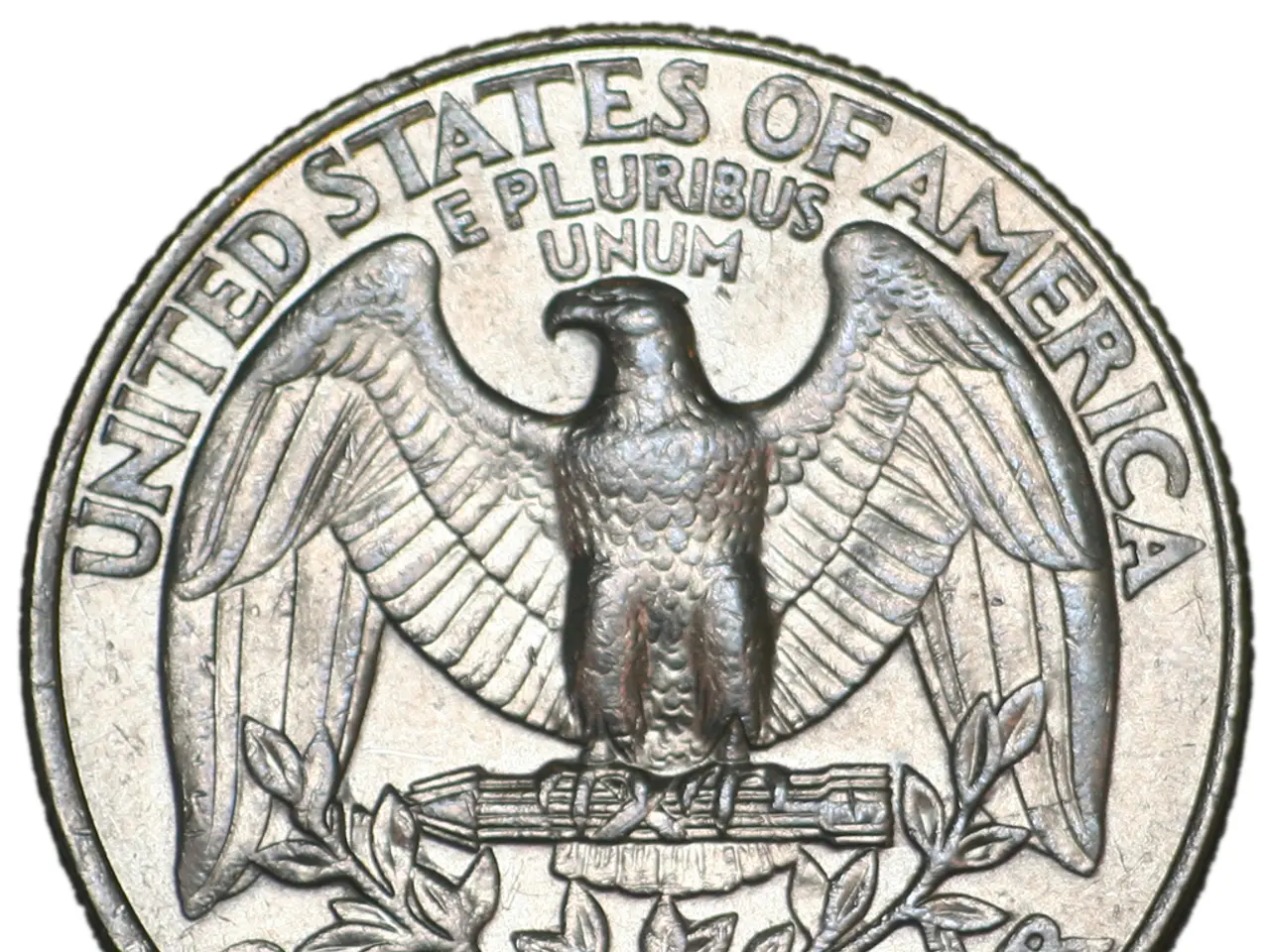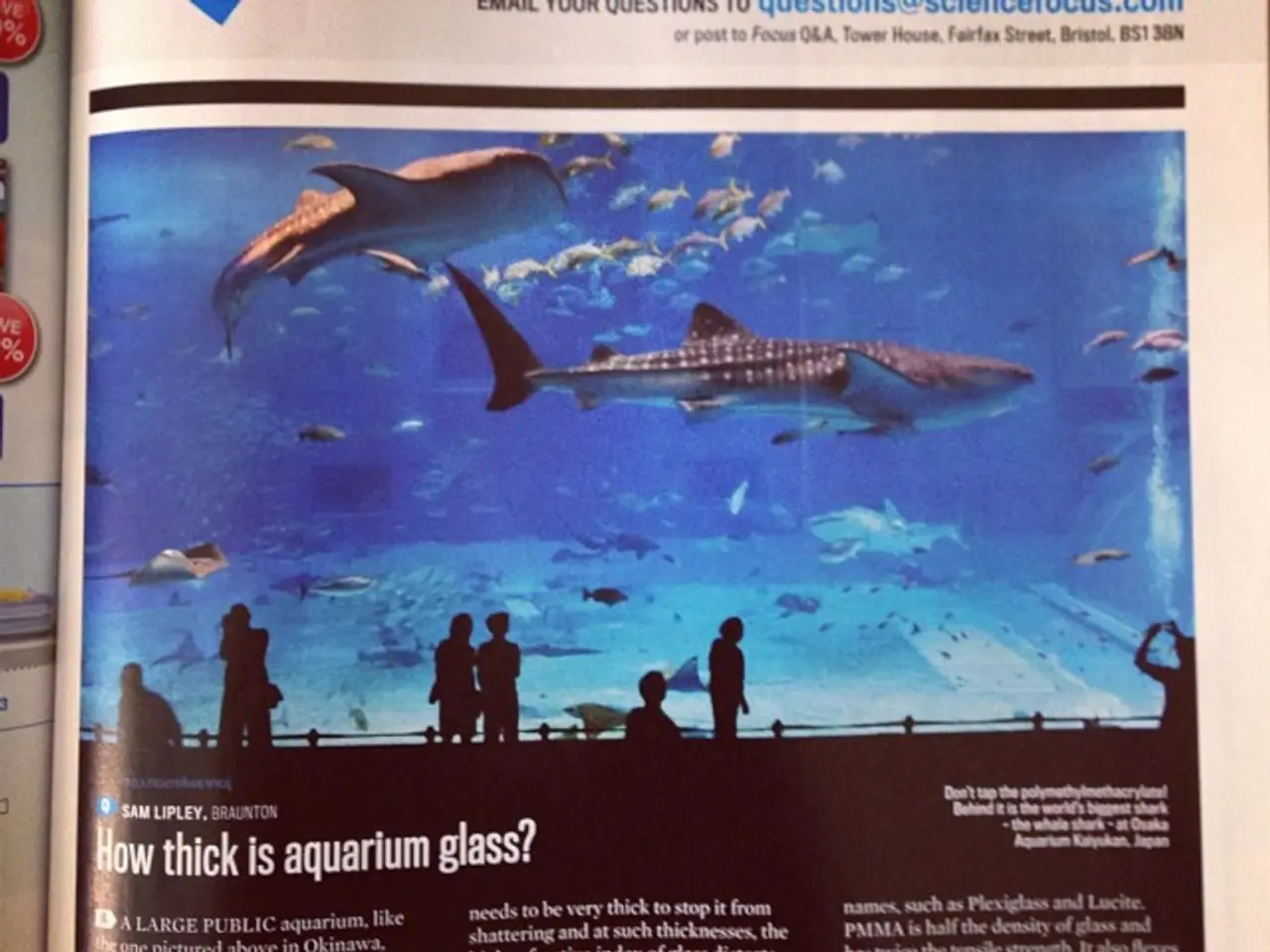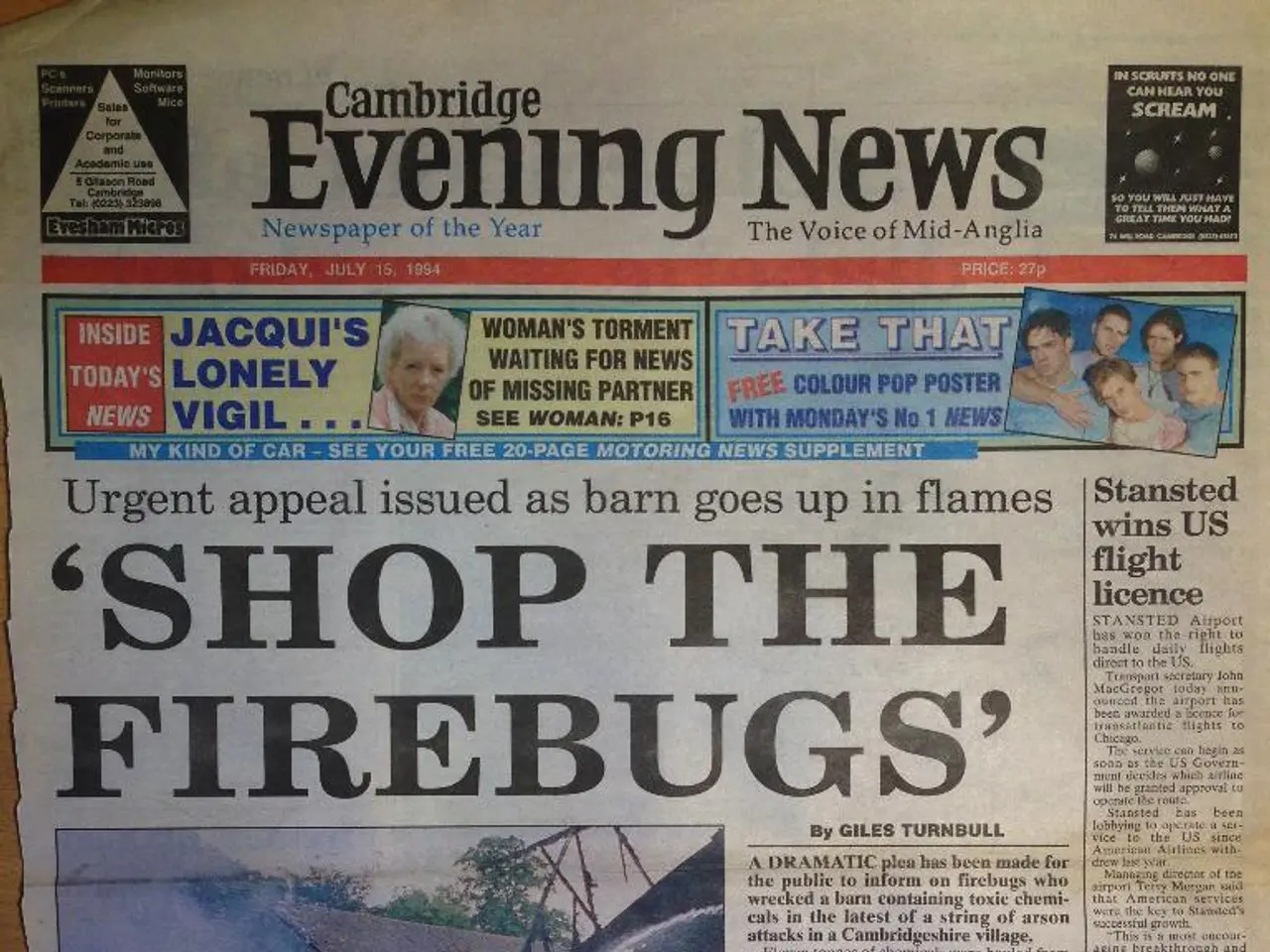Experiencing Travel in the U.S.A at Present: Insights from Residents and Visitors
During Donald Trump's second term as the American president, starting in January 2025, travel and immigration policies in the United States became more restrictive and enforcement-heavy.
Key changes included new travel bans on countries such as Afghanistan, Myanmar, Chad, and the Republic of the Congo, barring entry into the U.S. [1] The southern border was closed to asylum seekers, the "Remain in Mexico" policy was reinstated, and refugee admissions were suspended for at least four months, affecting thousands globally. [1]
Border militarization increased, with a declared national emergency and deployment plans for armed forces. [1][3] Deportation efforts were restored and expanded, including new powers for ICE to deport immigrants who entered legally under the previous administration’s programs, and daily deportation quotas set for ICE offices. [2][3]
A new $250 "visa integrity fee" was introduced, starting in January 2026, which more than doubled visa costs for Indian tourists, students, and workers. [4] This financial burden and stricter compliance rules, such as forfeitures for overstays or unauthorized employment, added to the challenges faced by Indian visitors.
The evidence points to notable challenges for Indian tourists and Indian-Americans. The higher visa fees create a more costly barrier for Indian visitors, impacting tourists and students especially. [4] Increased immigration enforcement and stricter visa policies may cause concerns among Indian immigrants, students, and workers about legal compliance and the risk of deportation if rules are violated. [4]
Shriya Boppana, a student at Duke University and a beauty pageant winner, has found a noticeable increase in the feeling of insecurity and division in the U.S. during Trump's second term. Boppana recounts a troubling incident where she was stalked and became the target of hate speech after moving to a new neighbourhood in a different state.
However, not all experiences have been negative. Sagar Agarwal, an Indian tourist, recently travelled to the U.S. with his spouse and found the country to be "very open" and "welcoming." Agarwal did not face any scrutiny about his visit and found the entry process to be smooth and efficient.
Malvika Sheth, another Indian-American, recommends visiting Boston, Massachusetts, New York, Miami, Florida, Anaheim, California, Durham, North Carolina, Las Vegas, Nevada, and even Texas. Sheth, who frequently visits New York for work, also expresses interest in visiting Oregon.
International travel to the U.S. has plummeted due to the atmosphere of fear and uncertainty. For the January-March 2025 period, 7.1 million visitors entered the U.S. from overseas, 3.3% fewer than during the first three months of 2024. [5] In April 2025, the country's National Travel and Tourism Office released preliminary figures showing a 11.6% decrease in overseas visits compared to the same month in the previous year. [6]
Several countries, including Canada, Denmark, Finland, France, Germany, and the United Kingdom, have issued travel advisories for the U.S. due to concerns about entry requirements related to gender identification on travel documents. [7]
In sum, during Trump’s second term, immigration enforcement ramped up sharply, border restrictions tightened, and visa costs rose significantly, shaping a more restrictive environment for travelers and immigrants, including those from India.
- Despite the challenging travel and immigration policies implemented during Donald Trump's second term in the United States, some Indian tourists, like Sagar Agarwal, have experienced a welcoming and easy entry process into the country.
- The casino-and-gambling hub of Las Vegas, Nevada, is one of the destinations Malvika Sheth, an Indian-American, recommends visiting for its diversity and vibrant culture.
- The political climate in the United States during Trump's second term has raised concerns and created uncertainty among Indian immigrants, travelers, and students due to the increased enforcement of immigration laws, strict visa policies, and hefty visa fees.




